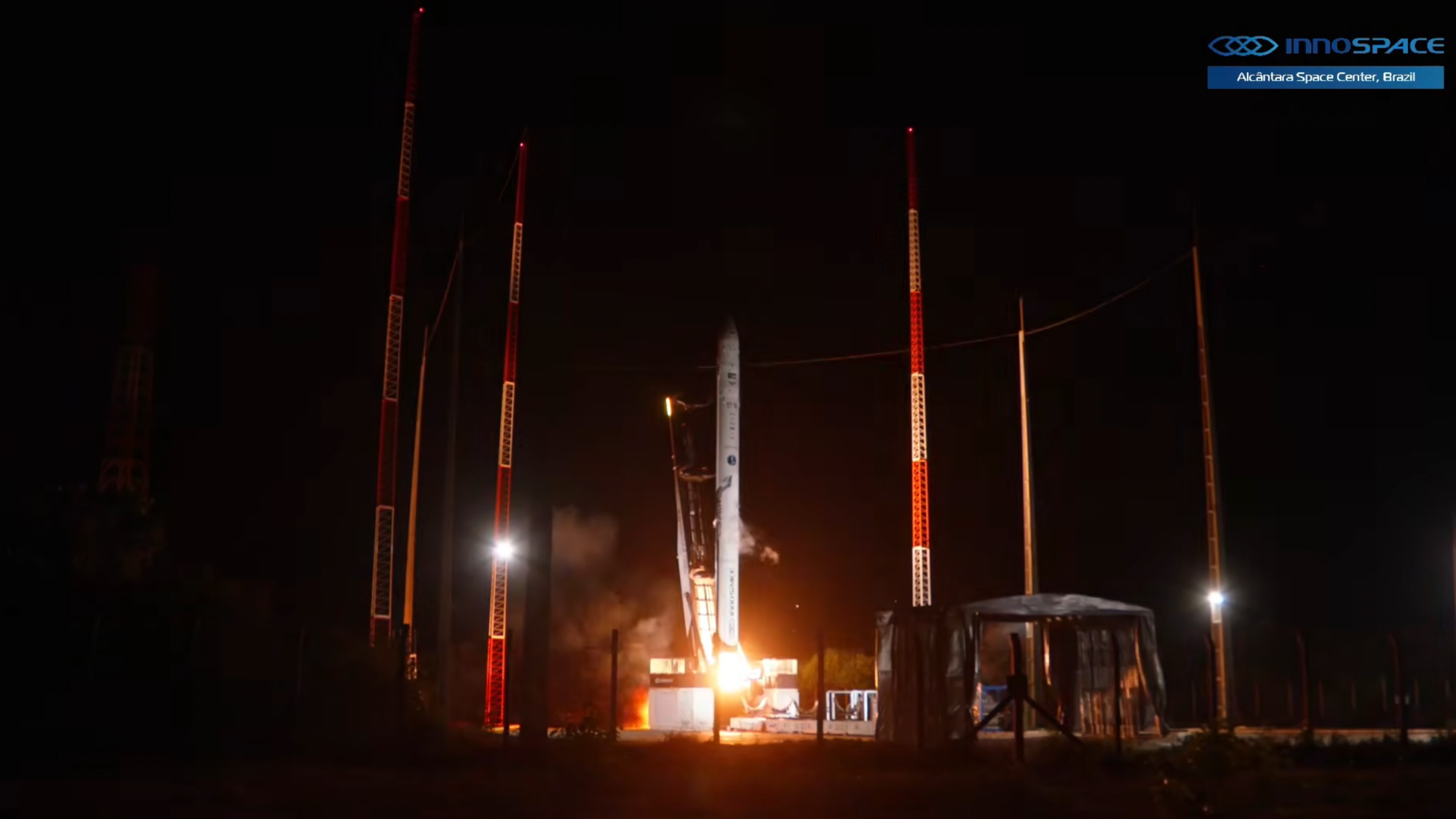How a fleet of spacecraft will watch NASA's Perseverance rover land on Mars

NASA's next Mars rover, Perseverance, will have a squad of spacecraft watching its dangerous descent from above Thursday (Feb. 18).
At least four orbiters from NASA and its European counterpart will support the landing, and some of these spacecraft will continue to send data back from Perseverance during the rover's adventures on the surface of the Red Planet.
The European Space Agency runs two spacecraft that will watch the landing. The ESA-Roscosmos ExoMars Trace Gas Orbiter (TGO) will send data back to Earth as early as four hours after landing, ESA said in a release, while the agency's Mars Express has focused on local conditions at the landing site, Jezero Crater, and provided that information to NASA during preparations for tomorrow's descent. TGO will also try to image Perseverance on the surface in the weeks after landing.
Related: How to watch NASA's Perseverance rover land on Mars
Perseverance rover's Mars landing: Everything you need to know
Book of Mars: $22.99 at Magazines Direct
Within 148 pages, explore the mysteries of Mars. With the latest generation of rovers, landers and orbiters heading to the Red Planet, we're discovering even more of this world's secrets than ever before. Find out about its landscape and formation, discover the truth about water on Mars and the search for life, and explore the possibility that the fourth rock from the sun may one day be our next home.
NASA's Mars Reconnaissance Orbiter (MRO), which frequently acts as a relay for lander radio communications, will be just overhead during Perseverance's landing. MRO's goal is to pick up info from the rover and then send it back to NASA's Deep Space Network of antennas on Earth so NASA can confirm the landing, which is schedule to occur around 3:55 p.m. EST (2055 GMT).
"MRO has been newly configured to send telemetry to Earth throughout the landing timeline in 5-second packets, with about a 16-second latency [delay]," NASA's Jet Propulsion Laboratory (JPL) in California said in a statement. "The DSN's antenna complex near Madrid, Spain, will be lead during entry, descent, and landing, with the complex in Goldstone, California, providing support."
NASA will likely also try to photography Perseverance and its activities on the surface; back in 2012, it even managed to catch the Curiosity rover landing on the surface underneath a parachute.
Breaking space news, the latest updates on rocket launches, skywatching events and more!
NASA always likes backup information, so it will also press its Mars Atmosphere and Volatile Evolution (MAVEN) orbiter into service. MAVEN usually doesn't send information back from surface spacecraft, because data the spacecraft receives is sent after a delay and requires more processing. But MAVEN's observations will be useful to gather more information about Perseverance's descent and should be available about 10 hours after landing, according to JPL.
NASA has already relocated MAVEN to support Perseverance, and MRO may follow suit. Last year, in preparation to support Perseverance, MAVEN reduced its highest orbital altitude by aerobraking (gently pushing against the Martian atmosphere) and changed its orbital orientation as well, NASA's Mars website stated in late January.
NASA may also change MRO's orbit, in part because the spacecraft (which arrived at Mars nearly 15 Earth years ago) is aging and the agency wants to prolong the lifetime of MRO's batteries until a new orbiter can take its place for relay communications.
Currently, the spacecraft resides in a sun-synchronous orbit with consistent mid-afternoon lighting conditions below, which is good for orbital imagery. NASA may change the spacecraft's orbit to cross the surface a little later in the day, to reduce how much time the spacecraft spends in shadow and relies on its batteries, SpaceNews said in late January.
L3Harris, an aerospace technology contractor that provided one of Perseverance's antennas, said in a statement that the rover's communication with orbiters takes only about a millisecond to achieve, and that using the orbiters as waystations for information allows for more data transfer because the orbiters are a little closer to Earth antennas than Perseverance.
The rover can send up to 2 megabits of data per second to the orbiters. "Because the rover and orbiter antennas are within close range of each other, it is like using walkie-talkies or a cell phone talking to the cell tower," L3Harris stated.
The rover also can send signals back to Earth directly, although the information will be sent in tones or a carrier signal — meaning simple signals with little to no engineering data attached, according to the JPL release. The good stuff, during both landing and operations, will come via the orbiters.
Follow Elizabeth Howell on Twitter @howellspace. Follow us on Twitter @Spacedotcom and on Facebook.

Elizabeth Howell (she/her), Ph.D., was a staff writer in the spaceflight channel between 2022 and 2024 specializing in Canadian space news. She was contributing writer for Space.com for 10 years from 2012 to 2024. Elizabeth's reporting includes multiple exclusives with the White House, leading world coverage about a lost-and-found space tomato on the International Space Station, witnessing five human spaceflight launches on two continents, flying parabolic, working inside a spacesuit, and participating in a simulated Mars mission. Her latest book, "Why Am I Taller?" (ECW Press, 2022) is co-written with astronaut Dave Williams.


